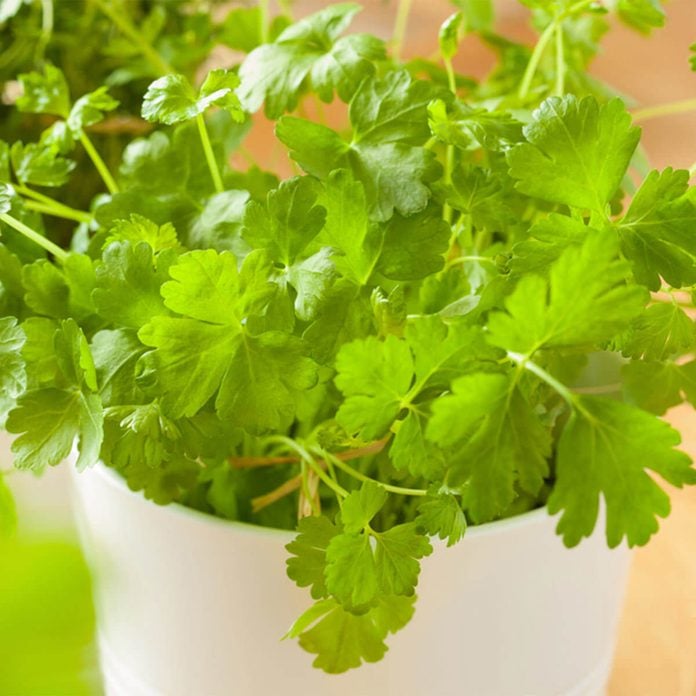
Cilantro
Cilantro needs to be grown in an area with well-drained soil and the herb grows best in sun, although some shade is fine. This herb is a good candidate for a hanging herb garden, although it has a long root system, so use a deep container. Harvest the herb before it gets too tall.
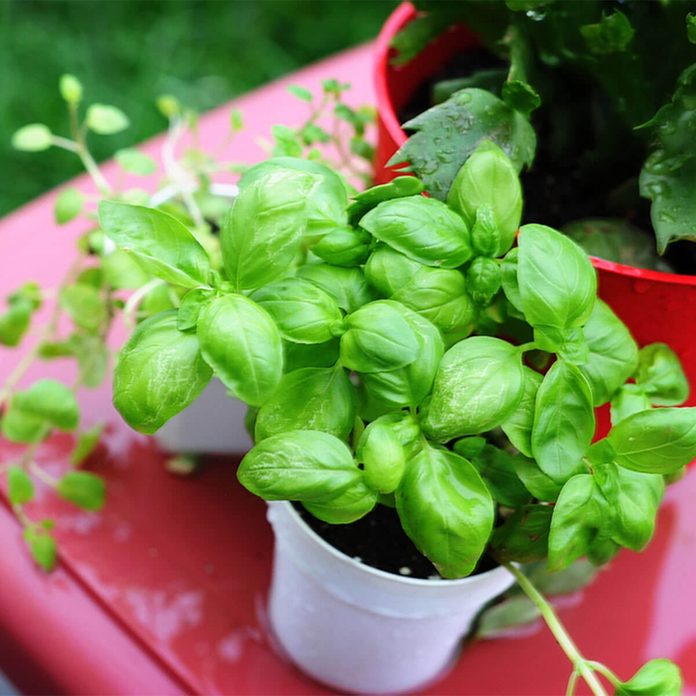
Basil
Basil is one of the most popular herbs to grow because it goes well with so many other foods in dishes. This herb does best in full sun with moist soil. When growing basil in a container, try a compact variety of basil, which can be found at most garden centers. Harvest the leaves from the top down. You can cut the stalk back to about a third of the total height. You don’t need to refrigerate basil, instead, keep it in a little water to maintain flavor.
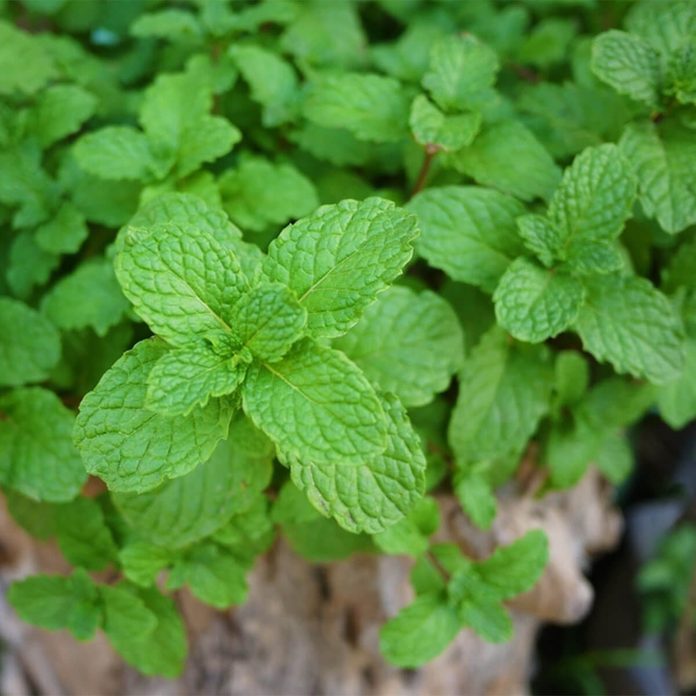
Mint
Mint is a great addition to your patio garden. This herb likes to spread, so growing it in a pot is a good choice for gardeners with limited space. Mint grows in both full sun or partial shade and thrives in most soil types. When you need some, cut the stems 1 inch from the ground. You can also just pick the leaves individually as you need them. Mint can also be used in pest control.
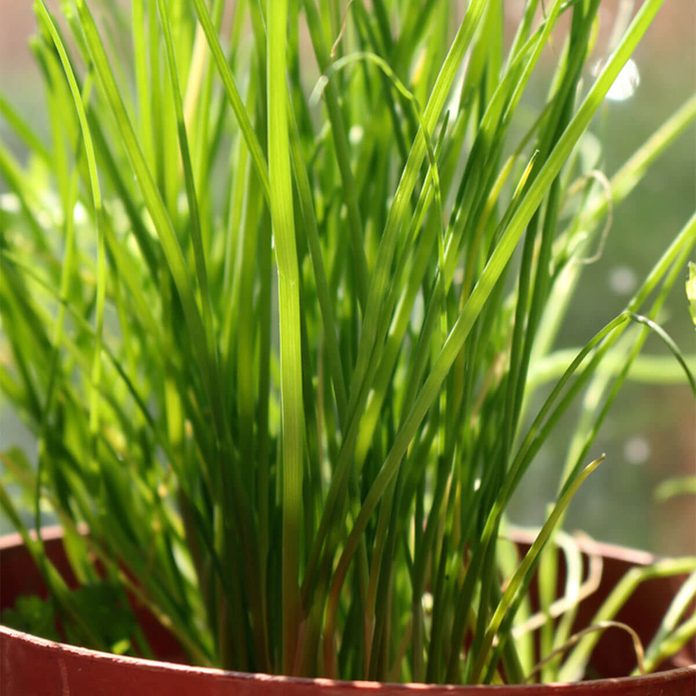
Chives
Chives are a great plant for container gardens, especially if they have well-drained soil and a lot of sun. When you’re ready to harvest, use scissors to cut the stalks near the soil. If you live in zones 3-10, you can leave chives outside year-round.
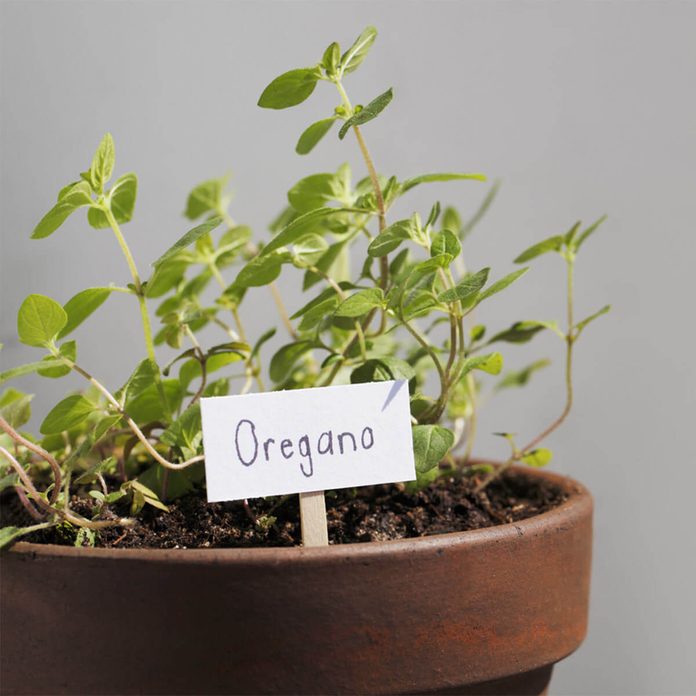
Oregano
Oregano likes full sun, well-drained soil and is a good candidate for small container gardening since it won’t spread too much. The flavor of oregano intensifies the more sun it gets. Harvest the leaves as you need them. Oregano will thrive late into summer in a pot, and you can freeze the leaves to use during the winter months.
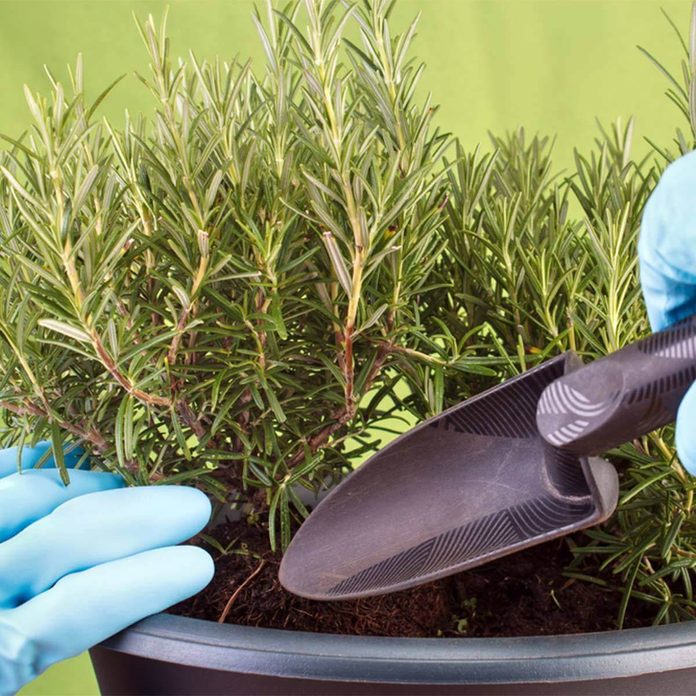
Rosemary
Rosemary is a hardy herb that likes sun and heat and is drought-tolerant. When you’re ready to harvest rosemary, cut off the top 3 inches of each sprig. Rosemary can be brought inside for the winter and placed near a sunny window, just be sure to keep the soil moist when indoors for optimal growth.
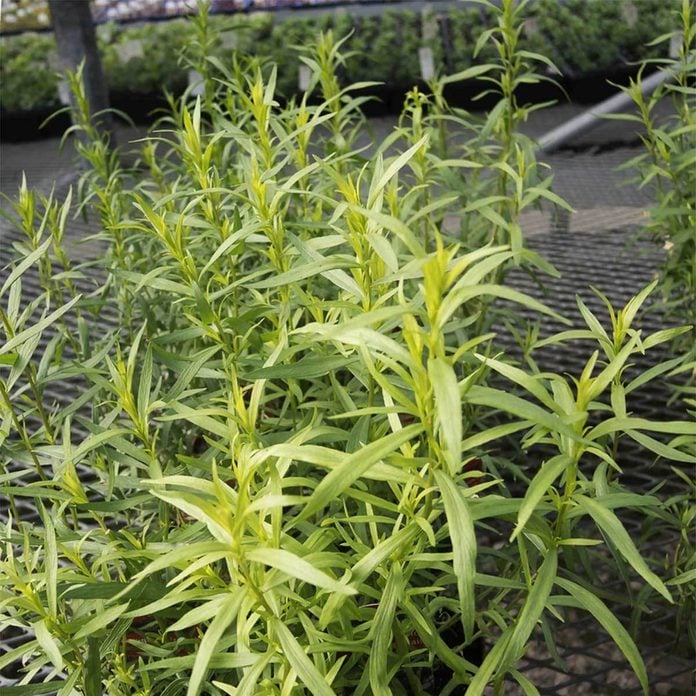
Tarragon
Tarragon can be grown in both partial shade and full sun, so try growing it in a deck planter. This herb grows best with a well-draining potting mix soil and it tolerates drought well, so be sure not to give it too much water. Harvest tarragon regularly and you can cut the leaves off as you need them. Tarragon can be dried and frozen, but the herb tends to lose some of its flavor when dried.
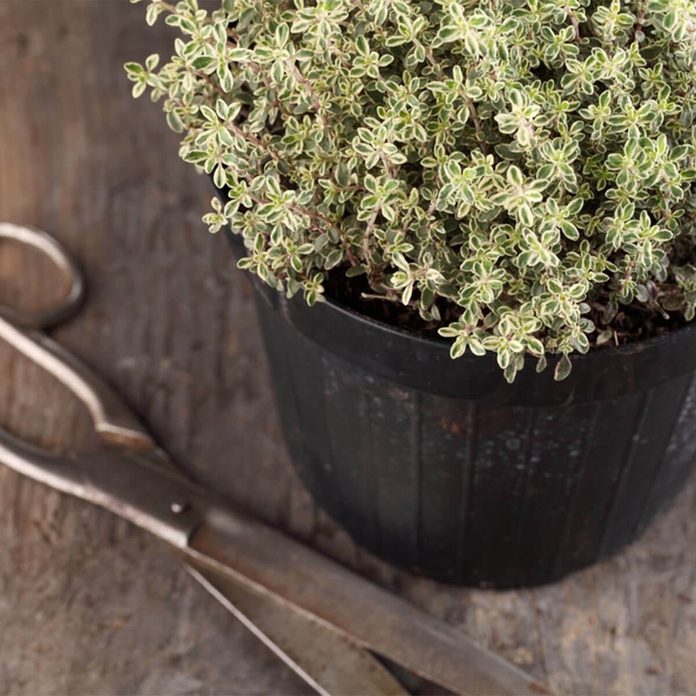
Thyme
Thyme grows best in a planter with full sun in soil that drains well. It also comes in several varieties, including lemon thyme that pairs well with grilled chicken, fish and vegetables. Thyme is best when harvested just before the plant blooms. Cut at the stem, then strip the leaves from the stem and discard the stem.
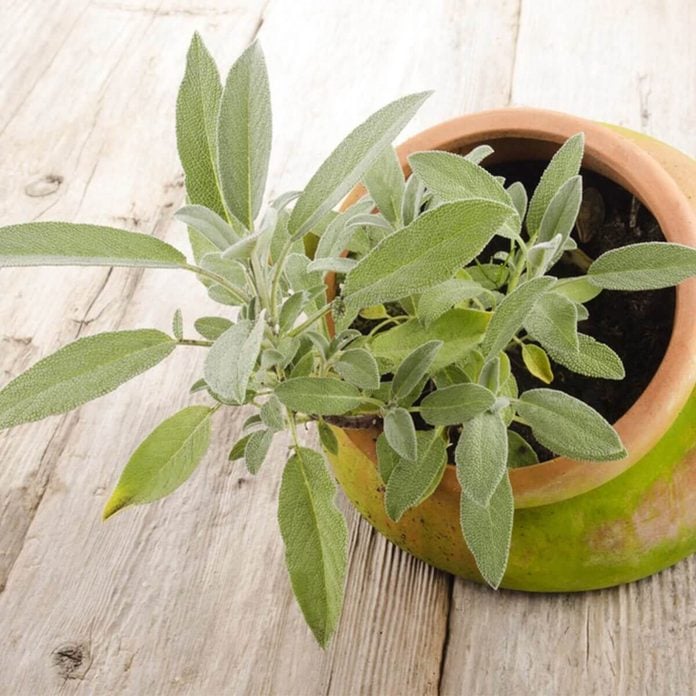
Sage
A popular herb for hearty fall dishes, sage likes full sun and moist soil. Since sage doesn’t spread too much, it’s a good choice for a smaller container or on a tiered plant stand. You can pinch the leaves off individually for harvest or cut at the stem.
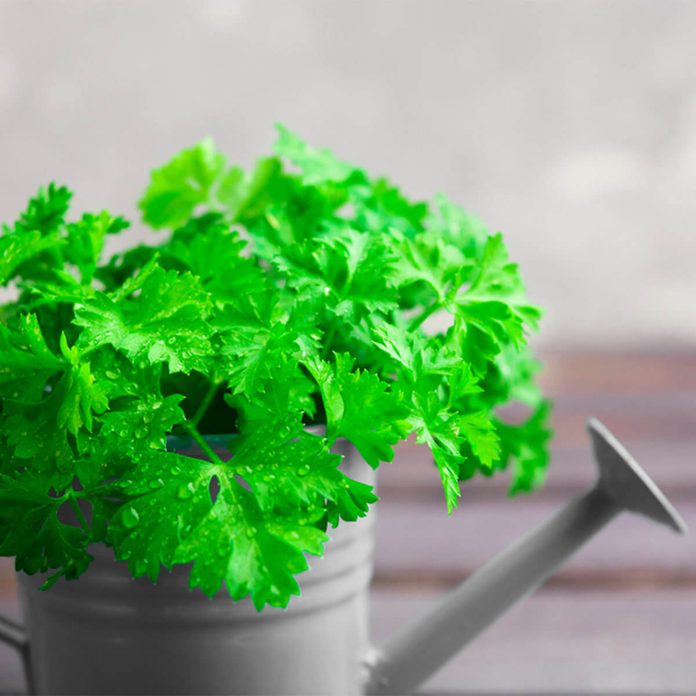
Parsley
Parsley should be grown in a bigger pot, at least eight inches deep and in sun or partial shade. Don’t over water the plant, and wait until the stems are divided into three sections before harvesting. Younger plants have the most flavor and you’ll need to harvest throughout the season.
